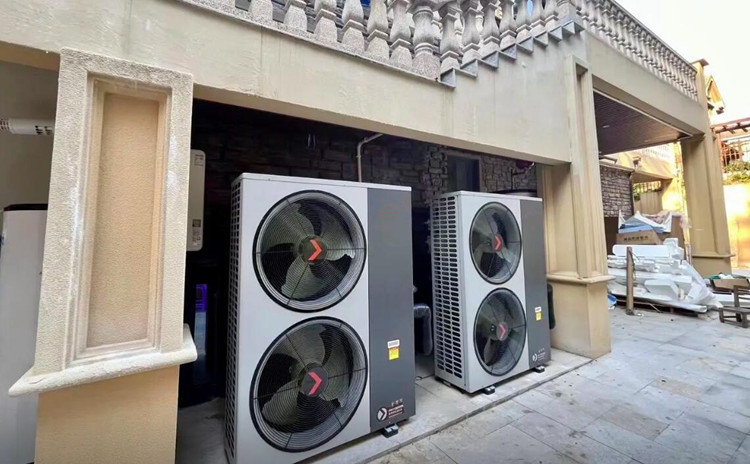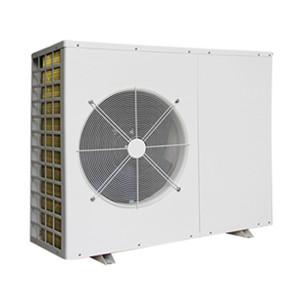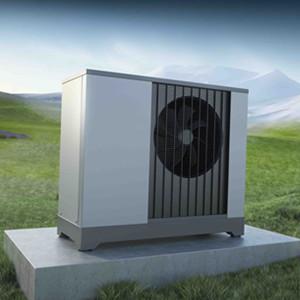Everything You need to Know About Inverter Heat Pumps
A inverter heat pump is an air source heat pump product that uses inverter technology to adjust the operating frequency of the compressor and fan. Its core principle is to use a inverter controller to change the frequency of the AC power, thereby realizing stepless speed regulation of the compressor and fan. This technology can automatically adjust the operating state of the equipment according to changes in external conditions such as ambient temperature and water temperature to achieve energy saving and high efficiency.
Specifically, the inverter heat pump converts fixed frequency AC power (usually 50 Hz) into inverter AC power through a frequency converter, so that its operating frequency can vary between 20 Hz and 120 Hz. In this way, when the ambient temperature is high, the equipment can operate at a lower frequency to reduce energy consumption; when the ambient temperature is low, the frequency can be increased to quickly heat or cool.

Compared with traditional fixed frequency air source heat pumps, inverter heat pumps have significant advantages. First, it can use energy more efficiently, avoiding energy waste and equipment loss caused by frequent start and stop. Secondly, the inverter heat pump is more stable during operation, can provide a more comfortable indoor temperature, and avoid the phenomenon of hot and cold. In addition, inverter heat pumps also have a higher energy efficiency ratio, usually saving more than 30% energy than fixed frequency air source heat pumps.
Inverter heat pumps are not only suitable for home heating and hot water supply, but also widely used in commercial buildings, agriculture, food processing and other fields. For example, in the "coal to electricity" project, inverter heat pumps are favored for their high efficiency and energy saving.
Inverter heat pumps are a high-efficiency energy-saving product that combines modern power electronics technology and intelligent control technology. It achieves rational use of energy and friendly protection of the environment by flexibly adjusting the operating frequency.





